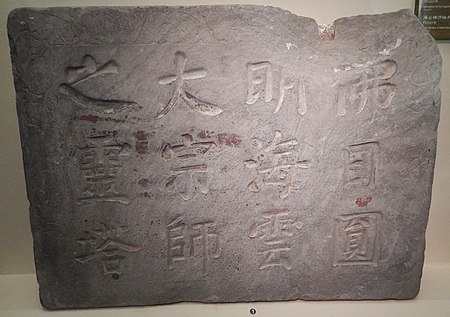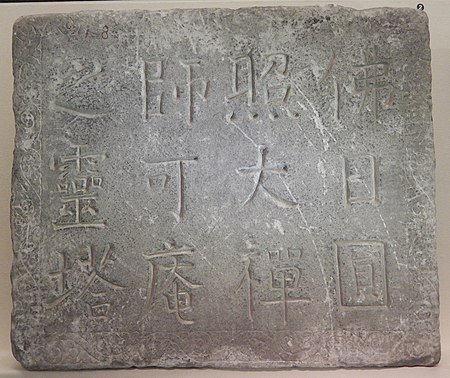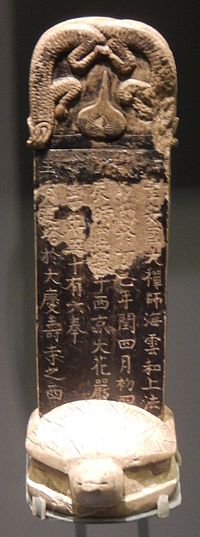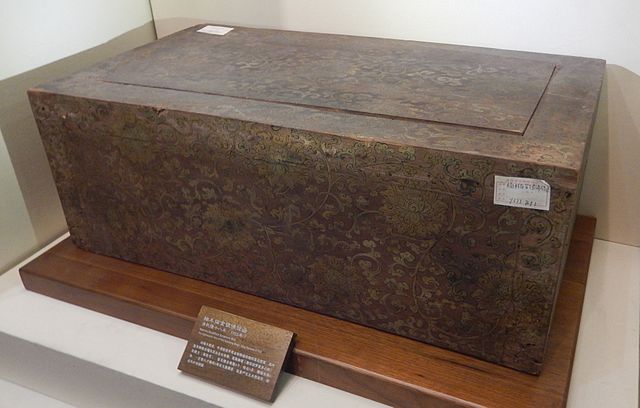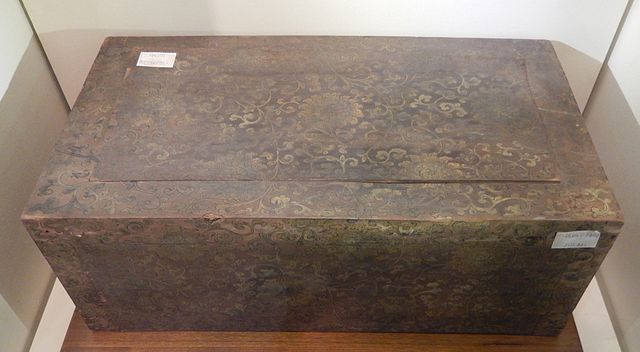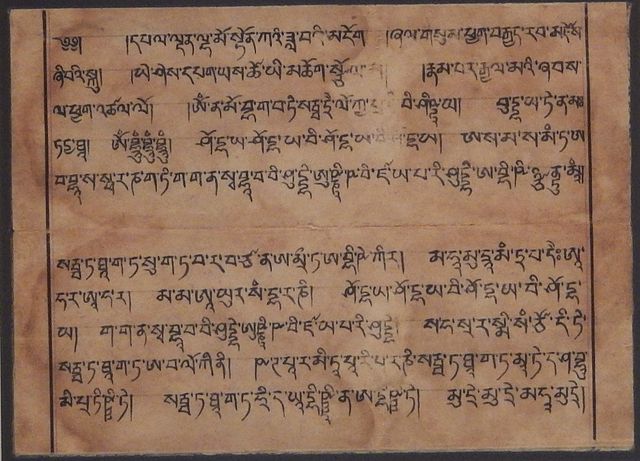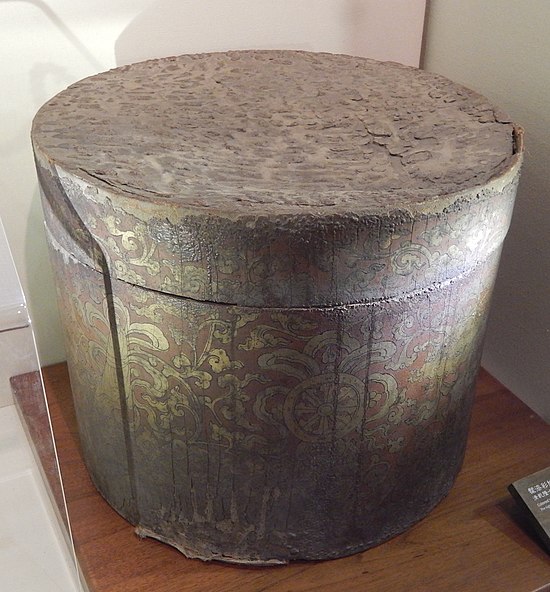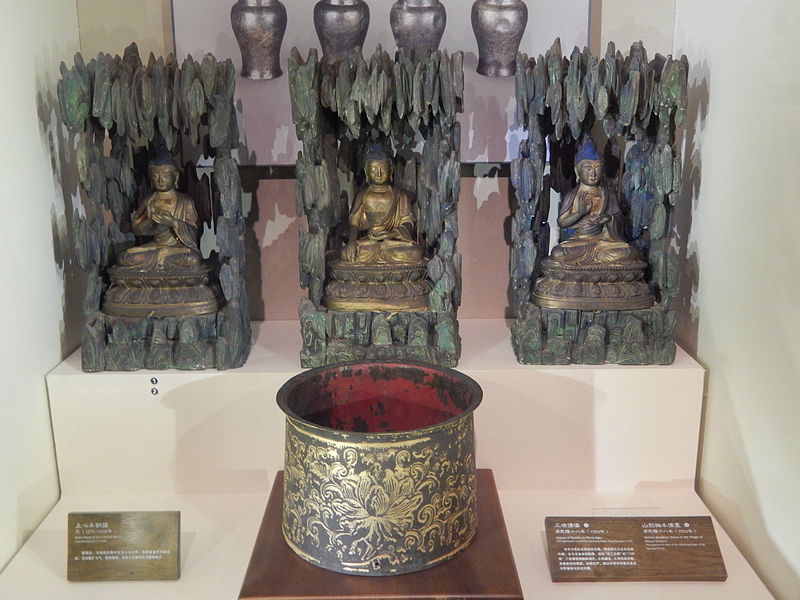Diary of a Rambling Antiquarian
Sunday, 8 December 2013
Three Beijing Pagodas : At the Museum
I'm in Beijing for a week, attending a conference on Tangut encoding, and although I have little free time, I have pre-planned some cultural excursions. When I was a student in Beijing in the 1980s I particularly enjoyed visiting pagodas, and took a number of black and white photos of Beijing temples and pagodas, but unfortunately I can no longer find them. My love for pagodas has only grown with time, and so this week I have set myself the goal of revisiting three of my favourite Beijing pagodas.
I arrived on Saturday, and the Tangut part of the conference does not start until Monday, so I had originally intended to spend today visiting the three pagodas, but when I looked out of my hotel window this morning, to my dismay I could see little but thick smog, which would make any pagoda photography a waste of time, so I decided to visit the Capital Museum (首都博物館藏) instead. As it turned out, it was very useful to visit the museum before looking for pagodas as at the very top level of the enormous leaning circular bronze vessel shaped exhibition hall of the museum was an exhibition of relics and artefacts found in various Beijing pagodas, some of which are no longer standing, and one of which I am hoping to visit. So as a prologue to the posts recording my excursions to the three pagodas, here are some photographs I took of various statues and artefacts from several Beijing pagodas that are on display at the Capital Museum.
Twin Pagodas of Qingshou Temple
The pictures of objects from the twin pagodas of Qingshou Temple shown below are not actually from the pagoda exhibition, but are from an exhibition of Buddhist sculpture elsewhere in the museum. The statue is the famous Chan master, Hai Yun 海雲 (1203–1257), who became a spiritual advisor to Kublai Khan. The statue was found in the underground hall of the Pagoda of Haiyun at Qingshou Temple 慶壽寺 in Beijing when the pagoda and its twin, the Pagoda of Haiyun's disciple Ke'an 可庵, were demolished in 1954. Kublai Khan had ordered that the city wall of Khanbaliq (modern Beijing) be built 30 steps away from the twin pagodas of Qingshou Temple, but in 1954 the Beijing City People's Committee decided that they should be taken down in order to make way for an enlarged Chang'an Avenue.
It is an utter mistake to pull down the Twin-Pagoda Qingshou Temple merely for the purpose of expanding the West Chang'an Avenue. The two towers present no obstacle to traffic at all. On the contrary, they add to the elegance of the street. If flowers and grass are planted around them, they will become beautiful islets. However, the city's people's committee had them dismantled. Why? The city people's committee may say that they acted upon demand by the people. But there are also people who oppose the dismantling of the temples. The two towers had survived more than 600 years. Why not allow them to continue to exist for three or five more years or even a year or so, letting it stay there for sometime and see what the people say about it. If the people really demand it pulled down, I would have nothing to say. But the people's committee did not do that. I do not know why it had them pulled down so hastily. The result is the road had been expanded but improperly. I'm afraid that people might complain to see so many houses (including the Twin-Pagoda Qingshou Temple) pulled down to make way for people going to the Quanjude Roast Duck Restaurant to park their cars.
— Liang Sicheng 梁思成 (1901‑1972)
From Wang Jun Beijing Record: A Physical And Political History Of Planning Modern Beijing (World Scientific, 2011) page 271
| Two views of the stone statue of Haiyun 海雲 (circa 1257) | |
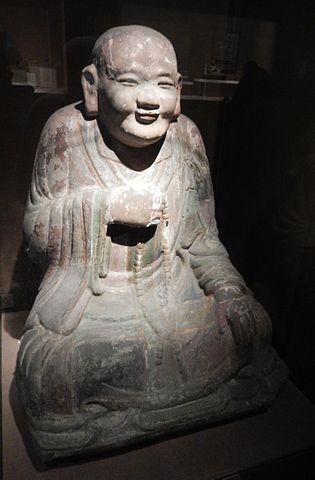 |
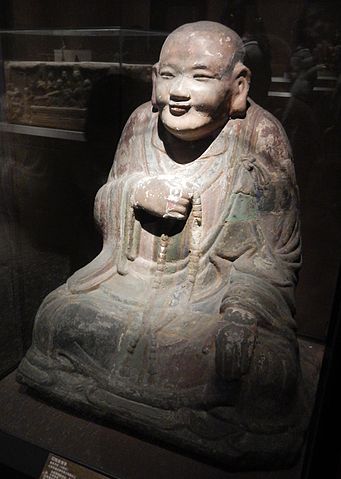 |
| {BabelStone CC BY-SA 3.0} | |
Inscription from the Pagoda of Haiyun
佛日圓明海雲大宗師之靈塔
Sepulchral pagoda of Master Fori Yuanming Haiyun
Inscription from the Pagoda of Ke'an
佛日圓照大禪師可庵之靈塔
Sepulchral pagoda of Master Fori Yuanzhao Ke'an
Miniature stele for Haiyun
祐聖安國大禪師海雲和上,法諱印簡,於丁巳年閏四月初四日辰時圓寂于西京大花嚴寺,享年五十有六。奉王旨建塔於大慶壽寺之西。
'Protecting Sage Pacifying the Country' Great Chan Master, the monk Haiyun, whose religious name was Yinjiian, achieved nirvana at the Dahuayan Temple in the Western Capital at the hour of the dragon on the fourth day of the fourth intercalary month; he lived for fifty-six years. On command of the prince, a pagoda was built to the west of the Daqingshou Temple.
Artefacts from the White Pagoda
The Capital Museum exhibition of artefacts found in Beijing pagodas includes a number of very fine objects deposited in the pinnacle of the white stupa-pagoda of White Pagoda Temple (Báitǎsì 白塔寺) during the 18th year of the Qianlong era (1753), when the pagoda had been repaired. These artefacts were found during repairs to the pagoda in the autumn of 1978, following damage incurred during the Tangshan earthquake two years earlier.
| Statue of Avalokiteśvara | Lid for the statue of Avalokiteśvara | Brass cover for the statue of Avalokiteśvara |
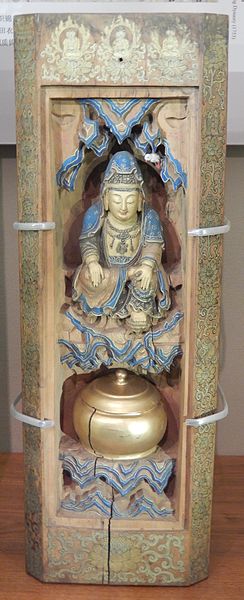 |
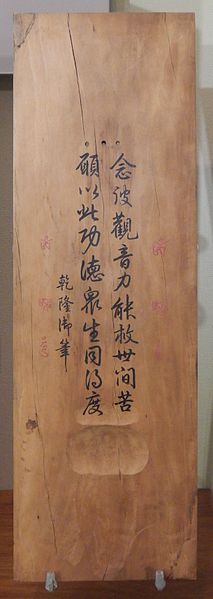 |
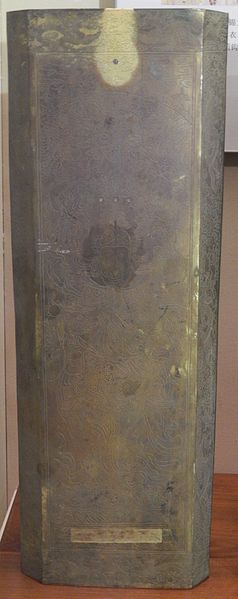 |
| Carved from a single piece of rosewood | With an inscription in the hand of the Qianlong Emperor | With an inscription dated Qianlong 18 (1753) |
| {BabelStone CC BY-SA 3.0} | ||
Buddhist scripture box made from nanmu wood inlaid with gold and silver
楠木描金銀佛經函
The box originally contained a gilt bronze statue box and a gold Buddha of Longevity statuette, the Chinese text of the Heart Sutra handwritten by the Qianlong Emperor, the Tibetan text of the Dharani-Sutra of the Victorious Buddha-Crown (Uṣṇīṣa-vijaya-dhāraṇī-sūtra) handwritten by the Qianlong Emperor, 4 gilt silver vases, 5 hada scarves, 5 bolts of brocade cloth, a set of 108 rosary beads, and a large quantity of incense
Part of the Dharani-Sutra of the Victorious Buddha-Crown in Tibetan script
Handwritten in 1753 by the Qianlong Emperor
From an information board at the Capital Mueum, Beijing
Lacquered wooden round box
髹漆彩繪木胎圓盒
The box originally contained a Five Buddhas crown and a monk's robes (kāṣāya)
Statuettes of the Buddhas of the Three Ages
Statue box in the shape of Mount Sumeru
三世佛像、山形楠木像龛
Next Time ...
Index of Rambling Antiquarian Blog Posts
Rambling Antiquarian on Google Maps
